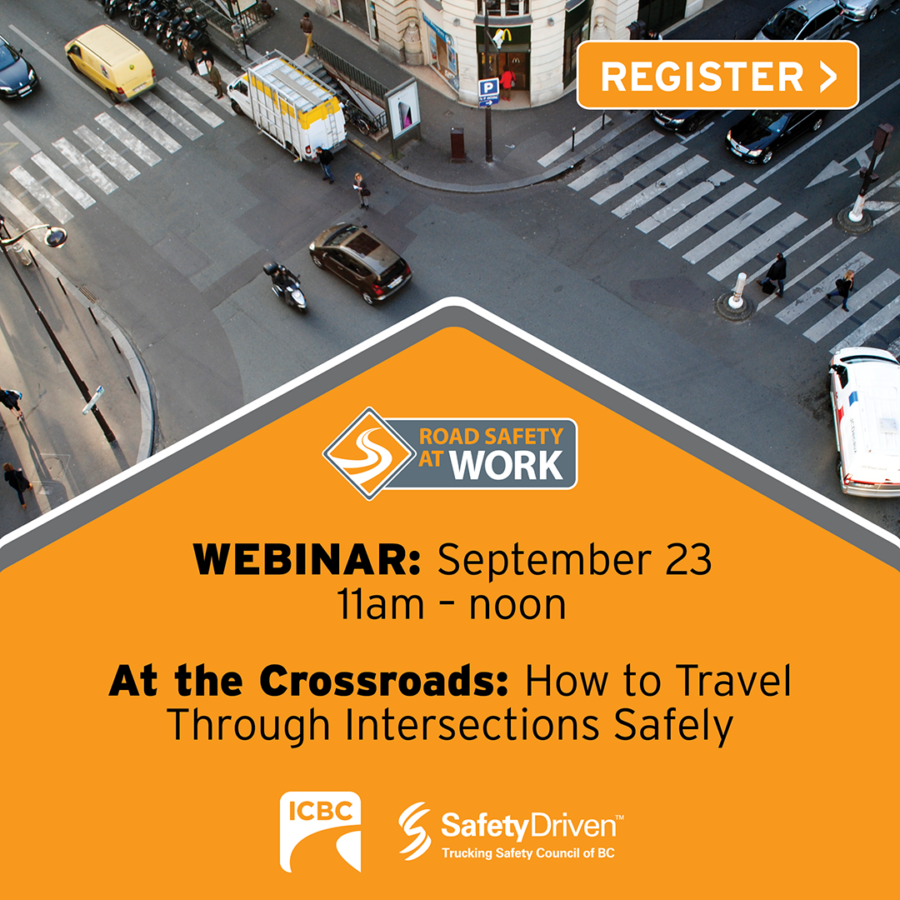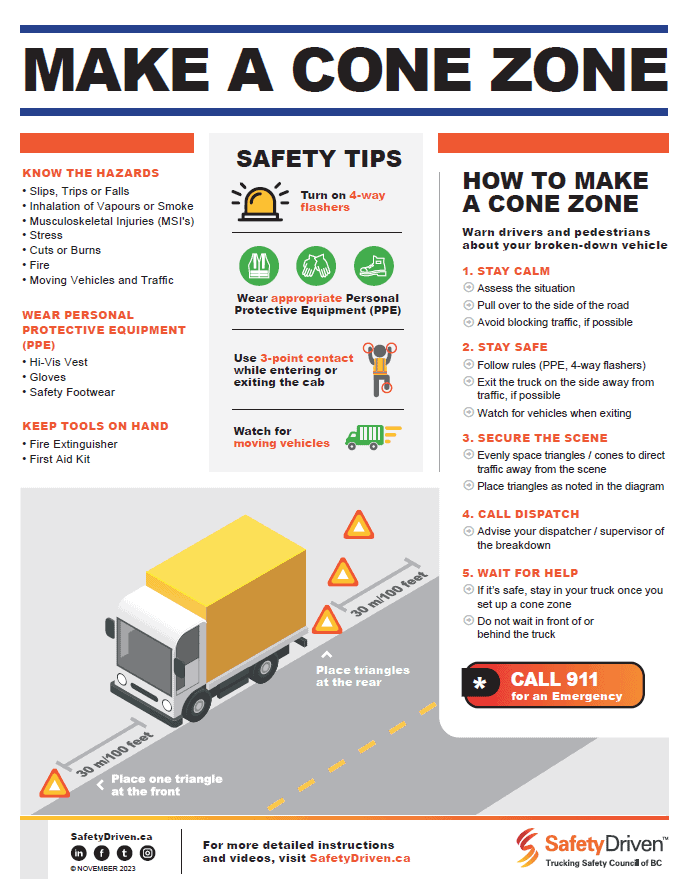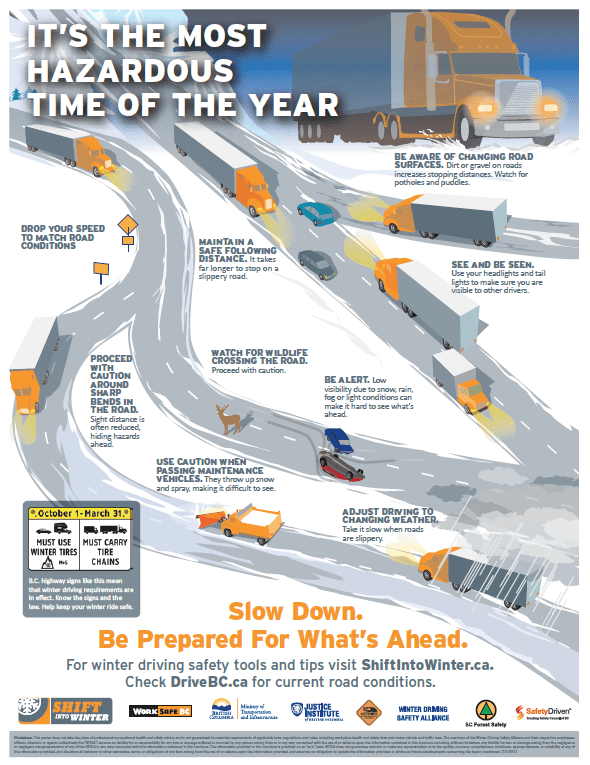
Trusting the Other Guy
Trust is a belief in the probability that a person will behave in a certain way.
When it comes to driving, especially driving through intersections, trust could be a dangerous thing.
We learn to trust Early in life—our family, teachers, coworkers, and possibly public officials. For many, the element of trust grows to a point where they seem to relax their guard and trust almost everyone near them. That’s not necessarily the best thing to do in life, in general, but it’s a huge risk while driving, especially through intersections.
Many drivers trust other drivers. They trust the other guy will always do the right thing, especially at intersections. Approaching green lights, many drivers simply trust the intersection will be clear enough to enter and exit it. They believe the red light at the cross street will hold other vehicles in place until they exit the intersection. That’s exerting a lot of trust. Red lights don’t stop vehicles; drivers stop vehicles.
We’ve all seen drivers running red lights, so we know it happens. Trusting another driver to stop could be a fatal mistake. But what if, as professional drivers, we began checking the cross streets prior to entering the intersection? We do it as a pedestrian to ensure it’s safe to cross the street, so why would we not do it for the same reasons as a driver? A more realistic approach is to trust other drivers to brake late or not stop at all as they approach the red light. That mentality may keep you safe as you pass through intersections.
One of the most dangerous things a driver does on the road regularly is make a left turn, typically turning across the path of oncoming traffic. A side impact—or T-bone crash—is very common at intersections, but they can be avoided from both sides.
If you’re waiting for a gap in traffic to make your turn, if the light changes from green, never assume the oncoming driver will stop. Compare the speed of the approaching vehicle to the stationary items it’s passing. If you see a change of speed, you know they are slowing, so you can generally turn in front. But keep watching to ensure they are stopping. If you do not see a change of speed, you know it’s not safe to cross their path. It’s best to wait, even if the traffic light has changed to red before you proceed.
If you’re the driver going straight through the intersection, not only do you want to compare the speed of the approaching vehicle to determine if they are slowing, you can also glance at their front wheels to see if they begin the turn. A quick look at their wheel direction will give you a few seconds head start to know if they plan to turn in front of you. If they are close to you, the second you see the wheels begin to turn, sound your horn to try to stop them before they drive into your path. Slowing down once you notice the wheels begin to turn can also help in case they continue through the intersection. Being cautious as you approach intersections is always worth your while.
Looking for more information about intersection safety, attend this webinar hosted by our friends at Road Safety at Work
You can also visit our website for more articles about safe driving, sharing the road with trucks and commercial vehicle safety.
Latest Resources
Make a Cone Zone
Dowload this poster for tips on how to make a safe cone zone.Winter Hazards Poster
Drivers need to recognize winter hazards. Share this poster to remind drivers how to ...

